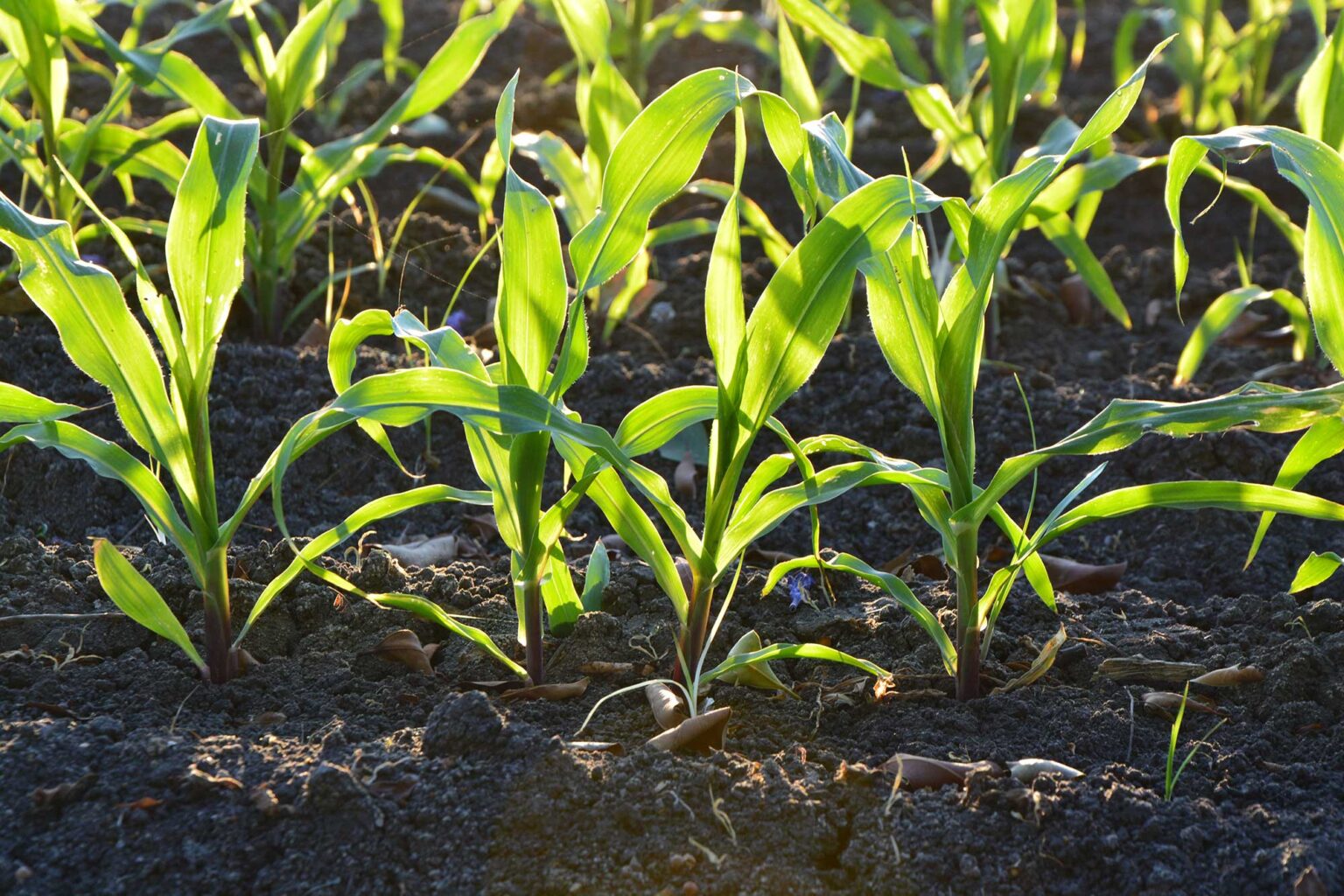Certain bacteria isolated from soil could knock out “eternal pollutants”, substances that, once dispersed in the environment, do not degrade and threaten human and planetary health: per- and polyfluoroalkyl substances (PFAS), present in a wide range of products, from cosmetics to food packaging, from kitchen utensils to detergents.
In fact, a research group from the Catholic University, Piacenza, has isolated about 20 species of bacteria from PFAS-contaminated soil in Veneto that are capable of degrading them, i.e., using them as a source of energy (as their sole source of carbon).
The increasing soil and groundwater contamination by PFAS represents a significant environmental challenge due to their persistence, mobility, and associated harmful effects. The strong chemical bond between carbon and fluorine in these molecules makes PFAS difficult to biodegrade in the environment, hence the term “forever chemicals”.

PFAS are a highly heterogeneous family of chemical compounds that have been produced industrially since the 1940s for their water- and oil-repellent properties. These characteristics have led to their widespread use in fabrics, coatings, cosmetics and packaging, but they are also the cause of their recalcitrance, their ability to accumulate in the environment and in cells, and their toxic effects on humans. PFAS have been associated with the risk of various diseases such as diabetes and hormonal dysfunction.
Specifically, in the area under investigation in the province of Vicenza, industrial contamination probably caused by a local factory has led to widespread contamination of aquifers, soils, crops and even drinking water, with concentrations of up to more than 1000 ng/L.
The experts at Cattolica University wanted to isolate and identify promising microorganisms capable of degrading PFAS, taken from contaminated sites. To this end, they analyzed the microbial diversity in soils containing PFAS sampled in polluted areas of northern Italy, specifically in highly contaminated sites in the Veneto region in the provinces of Vicenza and Padua.
The experts combined classical microbiology techniques for the isolation of bacteria of interest with metabarcoding, a molecular biology technique based on the sequencing of the DNA collected in an environmental sample, used to rapidly identify the species present, providing indications on the bioremediation potential of PFAS.
Professor Puglisi explains, “We obtained these PFAS-eating bacteria through a process called ‘enrichment,’ which involves growing them in media where they only have PFAS to feed on. We already have the complete genomes of these 20 PFAS-eating strains,” the expert continues, “and information on the degradation rates for each one.”
In collaboration with the chemistry group in our department, we have measured the degradation efficiency of PFAS, reaching values in some cases above 30 percent, which is very high for this class of compounds. Tests are now underway on various PFAS, which will be followed by initial lab experiments to verify their remediation capabilities under more representative conditions.
“We are studying these strains in more detail and analyzing their genomes: they are classified in the genera known in the field of bioremediation such as Micrococcus, Rhodanobacter, Pseudoxanthomonas and Achromobacter,” Puglisi explains. “These bacteria are easily cultivated in the laboratory and they usually are not harmful to humans. Furthermore, it is possible that genome analysis could lead to the discovery of genes involved in biodegradation that could be exploited biotechnologically in the future,” the expert points out.
This research will provide new insights into the degradation of PFAS and may contribute to the development of sustainable bioremediation strategies for environments contaminated by these substances.
The work was coordinated by Professor Edoardo Puglisi of the Faculty of Agricultural, Food and Environmental Sciences at the Catholic University. It was carried out in collaboration with the group of Prof. Giancarlo Renella of the University of Padua and presented at the European SETAC conference, the 35th annual meeting of the Society of Environmental Toxicology and Chemistry, held on May 2025 in Vienna.


